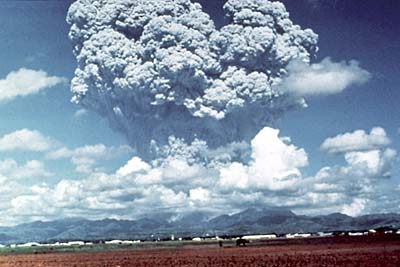
Ash cloud disruption to flights could last all summer as there are no signs that the eruption from the Eyjafjallajokull volcano in Iceland is about to end.But just where the ash plumes will drift and on which days is anybody's guess.
This means that no one can really advise would-be holidaymakers if it is a good idea or not to take a trip involving air travel this summer.Those who have booked flights will do well to wish for southerly or south-westerly winds.
The south-western is the prevailing wind affecting the British Isles and if this blows, as it normally does for much of the summer, then any ash clouds from Iceland will drift north towards the North Pole.
What has been happening lately - and this is what has been keeping the weather so unseasonably cold - is that north-westerly winds have been blowing.
This has caused the major disruption that affected UK and Ireland airports last month and the recent delays and cancellations of the last few days.
A Met Office spokeswoman said today: "We're all at the mercy of the volcano and there is just no way of knowing how long it will continue to erupt.
"We would normally be getting south-westerly winds at this time of year and it's pretty unusual to have northerly winds dominating the weather.
"It's very much a day-to-day situation at the moment. The volcano died down a bit for a spell and has now got more active."
Amid the imponderables, what is certain is that concerted efforts by airlines, engine manufacturers, aviation authorities and weather forecasters have led to a new understanding of how much of a threat to plane safety volcanic ash represents.
New guidelines have been drawn up that should mean that, even if the "wrong" winds blow ash plumes right over the UK, there will be no repeat of the complete shutdown of UK airspace that occurred last month.
A Civil Aviation Authority spokesman said: "We are now in a much better position to cope with the ash-cloud problem.
"We know now that aircraft engines can cope with certain concentrations of ash. This means we can better assess which areas of airspace have to be closed."
These kinds of assessment may have to be made for quite a while to come. The last time that Eyjafjallajokull went active - in the 1820s - eruptions continued on and off for more than a year.
No comments:
Post a Comment